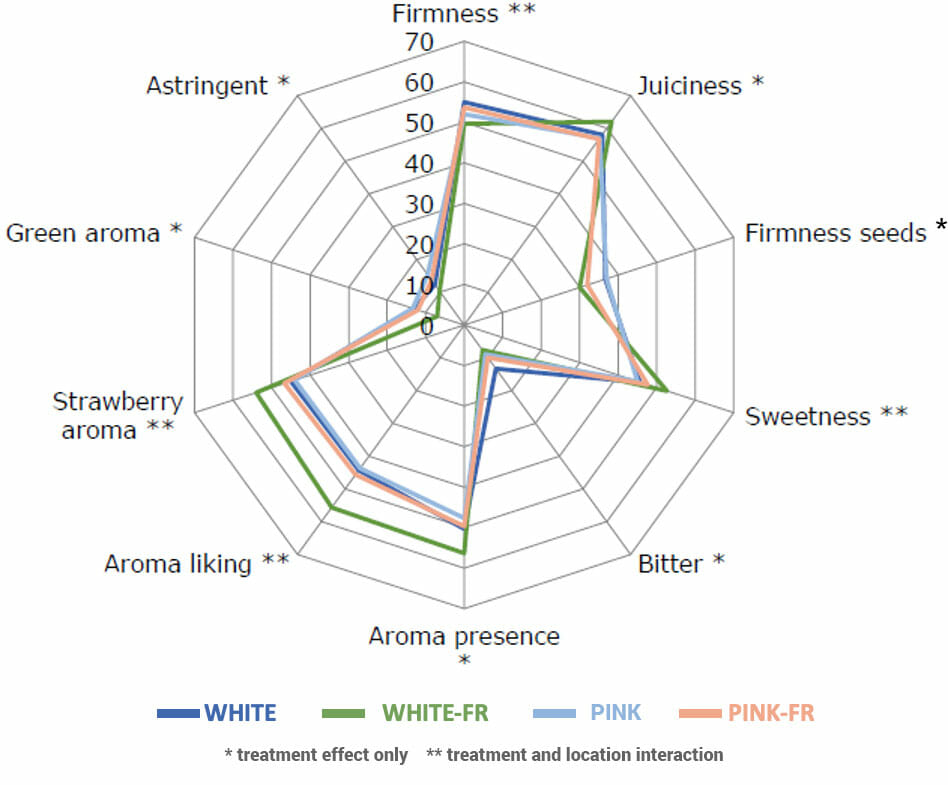
25 Feb Webinar Blog: The Effects of Far-Red Light on June-Bearing Strawberries
The Experiment
Dr. Haris Ouzounis presented this insightful webinar on the intersection of light and strawberries. Native to North America, strawberries have become a popular and important crop around the world with greenhouse acreage increasing overall. There are two varieties of strawberries: June-bearing (produces in flushes, e.g., Sonsation and Sonata) and Ever-bearing (constant production), but both varieties are highly demanding to grow. These beautiful but sensitive fruits require specific light intensity and photoperiod (SD/DL) in addition to optimal temperature and humidity to enhance flowering, color, shape, size, flavor, and other key components.
In collaboration with Delphy and Wagengingen University and Research (WUR), this 2021 study looked at the June-bearing varieties Sonsation and Sonata in a large 1000m2 compartment with three replications during a winter flush (November 1 – March 14) and a summer flush (March 19 – July 2). The intensity across all treatments was consistent at 200 micromoles/m2/s with equal amounts of Far-Red in their respective treatments. Four types of Fluence LED spectral solutions were used:
| PhysioSpec R4 (White) | ~40% Red Content [appears white] |
| PhysioSpec R4FR (White/Far-Red) | |
| PhysioSpec R8 (Pink) | ~80% Red Content [appears pinkish-white] |
| PhysioSpec R8FR (Pink/Far-Red) |
Fun Fact: Phytochrome Photostationary State (PSS) – Phytochrome is a receptor in plants responsible for determining if it is in shade, where they perceive more Far-Red light. Applying Red and FR light, therefore, can be manipulated in a controlled environment to trigger responses that change canopy architecture, allocation of sugars, and more.
The First Flush (Winter Season)
In the first flush, during the winter months, the LEDs accounted for 70% of DLI provided. This means that supplemental lighting (and FR) is particularly important, as the results show:
- FR produces a taller and wider crop, which is easier to harvest and has better air movement.
- Regarding final crop height, FR treatments increased plant height (White more than Pink). This same trend is true for crop width.
- However, when measuring waste (class 2) and non-waste (class 1) in terms of cumulative yield (kg/m2):
- Sonata: White-FR treatment is most effective (and White > Pink)
- Sonsation: Highest yield in White-FR and White by a large margin
- In gauging the average fruit dry matter content percentage (DMC):
- Sonata: Higher DMC% in White-FR and FR treatments
- Sonsation: Pink produces lowest DMC%, while White-FR does best
- In terms of Brix values (sugar content in a solution) of each cultivar:
- Sonata: FR treatments most effective (White > Pink)
- Sonsation: White-FR was the highest and Pink the lowest
More than 200 components were inspected and tested in a sensory panel and chemical substances analysis conducted by WUR. A sensory “spider-web chart” depicts the ranges of various quality attributes as they relate to each light treatment on a single variety. A key takeaway is that White-FR demonstrated the highest levels of juiciness and aroma presence and the lowest levels of green aroma and astringency. White-FR proved more effective than White, which had higher seed firmness, green aroma, and lower aroma presence.

The Second Flush (Summer Season)
Between March 19 – July 2, 2021, LEDs accounted for 33% of DLI.
- Regarding crop height, the differences in each treatment were far less pronounced, with FR treatments’ performing slightly better in both varieties.
- The differences in crop width, similarly, are less pronounced with a performative preference for FR treatments. White outperforms Pink by a small margin.
- Measuring the cumulative yield (kg/m2) of waste and non-waste, FR treatments actually decrease yield during the higher-DLI months (not always significant), while White and Pink treatments show little difference.
- There was no difference among dry content matter percentages, and very little difference in Brix values.
The key takeaways of the study during the 2nd Flush are that FR slightly increases morphology, but slightly decreases yield, and furthermore that White and Pink are slight winners overall.
Impactful Variables of Strawberries and Lighting
Dr. Abhay Thosar presents some key considerations for supplemental lighting:
- Northern vs. Southern Latitudes (winter vs. summer)
- In addition to a lower natural DLI, the material of any greenhouse further decreases the amount of penetrating light (lacking 11-13 moles on average).
- Even in the Southern Latitudes, 5-7 moles of light are lacking, requiring supplemental sources.
- Short Day (Sonata/Sonsation) vs. Day Neutral (Albion)
- FR treatments vs. Without FR.
- In southern latitudes, where FR is delivered more naturally, farmers can choose White vs. Pink.
- FR excels in the winter months, while its advantages are less clear in summer.
- White with FR has significant advantageous impacts, in particular with sensory impact, during the first flush.
- Planting material (clean, pest-free, high-quality)
- Environmental management (temperature at day/night and humidity). LEDs provide better control due to their lower heat output, especially during the day.
- Cultivation Practices (irrigation and fertilizer management)
Leveraging Light Spectra for Morphology and Operations
Dr. Dave Hawley explains that “plant architecture is quite important in large scale commercial strawberry production, and if you have a compact plant that is quite difficult to work with . . . Strawberries are so keen to get infected with anything, and if you have a more open canopy with better airflow that can help mitigate a lot of the pathogenic pressure that you would have with a denser canopy.”
By choosing Fluence Broad + FR Spectrum Lighting Solutions, you can accomplish up to 18% increases in yield compared to Pink without FR, save up to 40% on electricity compared to HPS, and receive a thorough analysis of CAPEX and OPEX to generate the best results. There is no “one light fits all.” Each situation is different, and the Fluence Horticulture team is experienced in finding solutions to meet individual goals.
At the end, Dr. Thosar makes the crucial point that Fluence does not sell lights. Amazon sells lights. Fluence sells comprehensive and complete solutions with exceptional and continual support.
If you are interested in watching the full webinar or are ready to upgrade to advanced Fluence LED solutions, contact our world-class service team to see how our experience can meet your goals.
Following the presentation, the Fluence experts took questions from webinar attendees; a sampling follows:
Q: Why did all of the treatments use supplemental lighting instead of leveraging just sunlight?
A: Adding supplemental lighting to a strawberry canopy demonstrably increases yield, which is why growers are increasingly adopting supplemental lighting strategies. Fluence believes that determining what is the “best spectrum” to achieve the optimal bottom line or morphology is highly valuable for growers, especially during the winter months with lower natural DLI.
Q: Do growers in southern latitudes with more natural DLI still need supplemental lighting and what does Fluence recommend during consultation?
A: The first thing Fluence looks at is the natural light conditions during your growing season, then using light meters we evaluate the transmission of light in your particular greenhouse at the crop canopy level to assess accurate intensity. Using a variety of environmental factors, Fluence evaluates the mole deficit for the specific cultivar to deliver a comprehensive recommendation and, ultimately, a complete solution.
About Fluence by OSRAM
Fluence Bioengineering, Inc., a wholly-owned subsidiary of OSRAM, creates powerful and energy-efficient LED lighting solutions for commercial crop production and research applications. Fluence is a leading LED lighting supplier in the global cannabis market and is committed to enabling more efficient crop production with the world’s top vertical farms and greenhouse produce growers. Fluence global headquarters are based in Austin, Texas, with its EMEA headquarters in Rotterdam, Netherlands.
About Delphy Improvement Centre
Delphy Improvement Centre, located at Bleiswijk, the Netherlands, is a recognized research institute that executes cultivation-related trials in all kinds of crops. The experiments are performed in a modern greenhouse complex located in close proximity to their target audience: the growers.
About Wageningen University and Research (WUR), the Netherlands
WUR’s mission is “to explore the potential of nature to improve the quality of life”. The strength of Wageningen University & Research lies in its ability to join the forces of specialized research institutes and the university. This union of expertise leads to scientific breakthroughs that can quickly put into practice and be incorporated into education. This is the Wageningen Approach.


